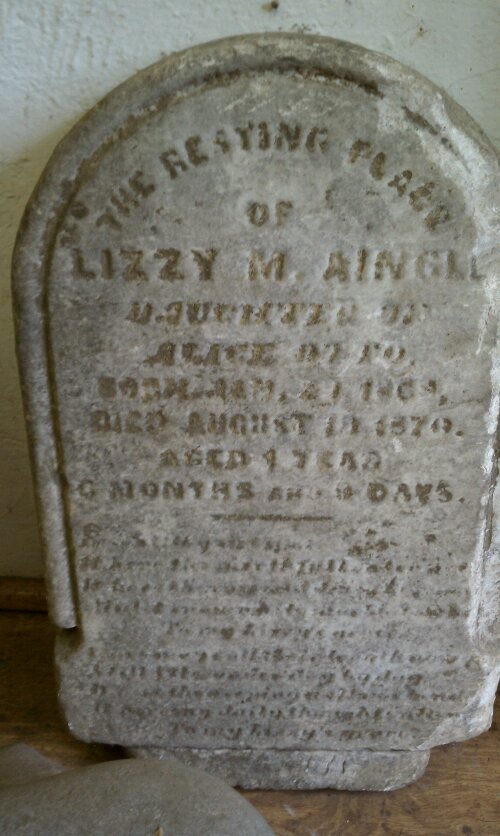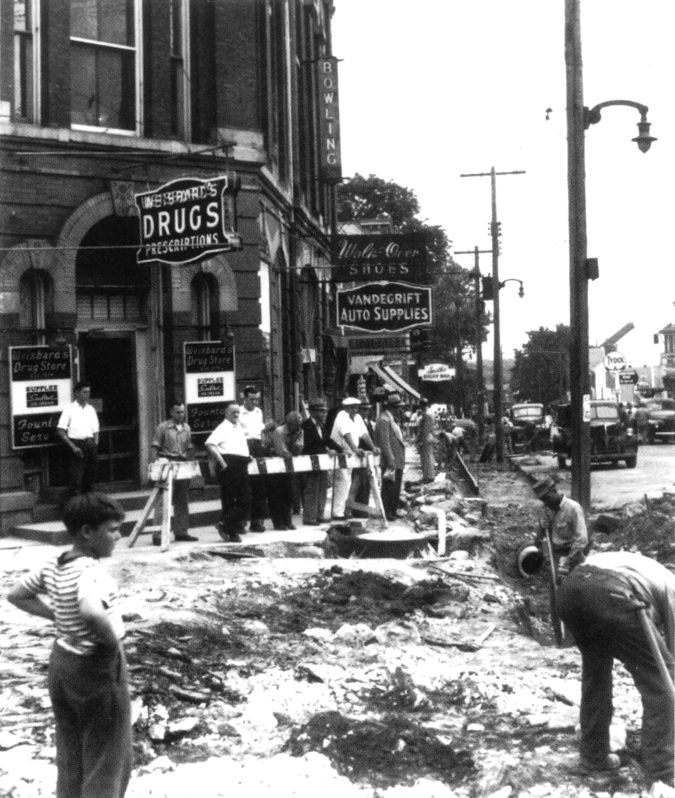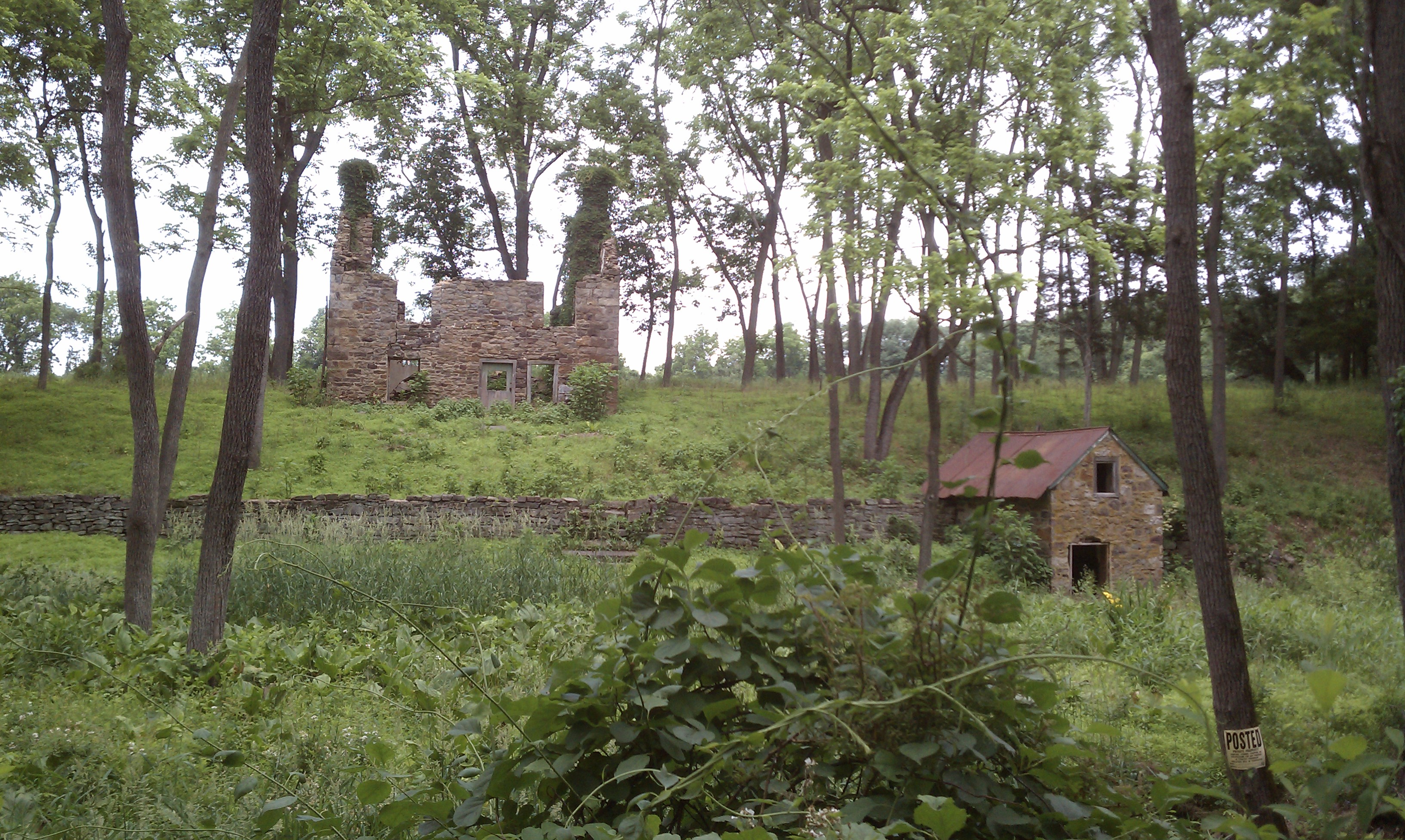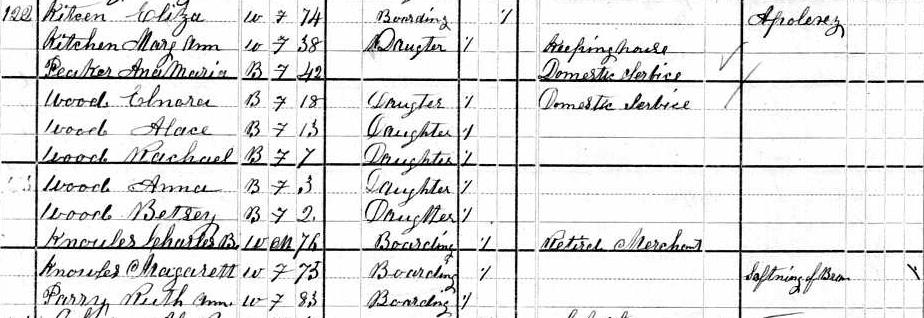It’s been almost a year since I first discovered Strangers Row, the section of Solebury Friends graveyard dedicated to paupers and non-Quakers, and I finally found some written documentation of its existence. In 1906, Solebury Friends Meeting celebrated its first centennial, and a pamphlet was printed commemorating the event. Out of the many interesting pieces it contains, perhaps the most valuable is Eastburn Reeder’s account of Solebury Friends history, which he read before meeting at the centennial event. Below is an excerpted portion pertaining to the creation of the graveyard, abstracted from the Monthly Meeting minutes:
Third-month 25th, 1808… the Friends appointed to enclose the burying ground, report the service nearly performed, and a committee was appointed to consider proper directions to give the grave digger and in what manner the dead shall be interred in our grounds.
Fourth-month 26, 1808. The committee appointed to consider the proper mode for the interment of the dead in our new burying ground, and also to particularaize who shall be interred therein, report:
“We the committe [sic] to take in view what method we shall bury in, and who may be admitted in our burial grounds, are free to propose, the following: First, That the whole ground to be ocupied [sic] shall be laid out in 84 squares, each to be 8 feet by 20 feet, 8 inches, and to begin at the upper corner of Moses Eastburn’s [property] line, and each family taking their square in succession as occasion calls for it. Servants and apprentices belonging to Friend’s families may be admitted, and such as are descendants of Friends and their families within the limits of this meeting; those of other description not included.”
Ninth-month 27th, 1808. Finding some difficulties to arise from this plan for burying, Friends reconsidered it, and decided that all transient persons who may have liberty to bury in our grounds, and not properly claiming a square, ought to be interred in a row on the east side of the burying ground, beginning at the northeast corner. This is the origin of the strangers row. The grave-yard has been twice enlarged. The first time in 1830 by the purchase of 80 perches of Aaron Paxson, Jr. The second time in 1877 by the purchase of one and a half acres of Merrick Reeder, making the whole amount of land now owned by the meeting over 5 acres.
Thanks to Reeder we have the original plan for the allotment of the graveyard, and we can appreciate the sympathy of these original Friends who set aside a burying place for people who had nowhere else to turn.
Reeder’s history of Solebury Meeting also illuminates another intriguing aspect of Quaker history: the shifting opinions within the Society of Friends with regard to the recognition of the deceased with grave monuments. In keeping with the testimony of simplicity, early Friends erected plain, unmarked headstones or no stones at all. At Solebury Meeting, you’ll find these simple brown slabs of local stone in the oldest section, located in the northwest corner. Eventually initials or names were added, but it wasn’t until the second half of the 1800’s that engraving the name of the deceased with their dates of birth and death (and consequently the use of marble and other easily engraved stone) became standard practice. Viewing the list of graves at Solebury Meeting (available here), the recording of dates seems to begin in the 1860’s. I can’t help but think that the Civil War transformed the Society’s views on death and remembrance.
Below Reeder recounts the controversy over grave monuments that occurred when Friends began erecting marked headstones at Buckingham Meeting. (Note: Before Solebury Meeting was constructed in 1806, Solebury Quakers commuted to Buckingham Meeting.)
Monuments. The committee appointed to unite with a committee of Buckingham Monthly meeting on the subject of monuments in our grave-yards, made the following report in writing: “The committees appointed by Buckingham and Solebury Monthly meetings to unite in considering the subject of monuments of deceased persons agree to report, that they are of opinion that all fixtures to graves with inscriptions thereon in order distinguish one grave from another, is contrary to the direction of the discipline; and as a great variety of such have been placed in our grave-yard at Buckingham, some of them by members of Solebury, we believe it would be proper for the monthly meetings to attend to the removal of them. But as this departure may have been generally from a want of a perfect knowledge of the discipline, great tenderness toward the survivors ought to be exercised. We, therefore, suggest the propriety of using persuasive measures to be used to induce such surviving relatives to remove, or consent to the removal of these monuments.”
After consideration fo the report was adopted, and Moses Paxson, Oliver Hampton, Oliver Paxson, Aaron Eastburn, Hugh Ely, Aaron Paxson, and John Comfort were appointed to use their endeavors to induce such of our members as may have placed monuments to graves, to remove them, or consent to their removal.
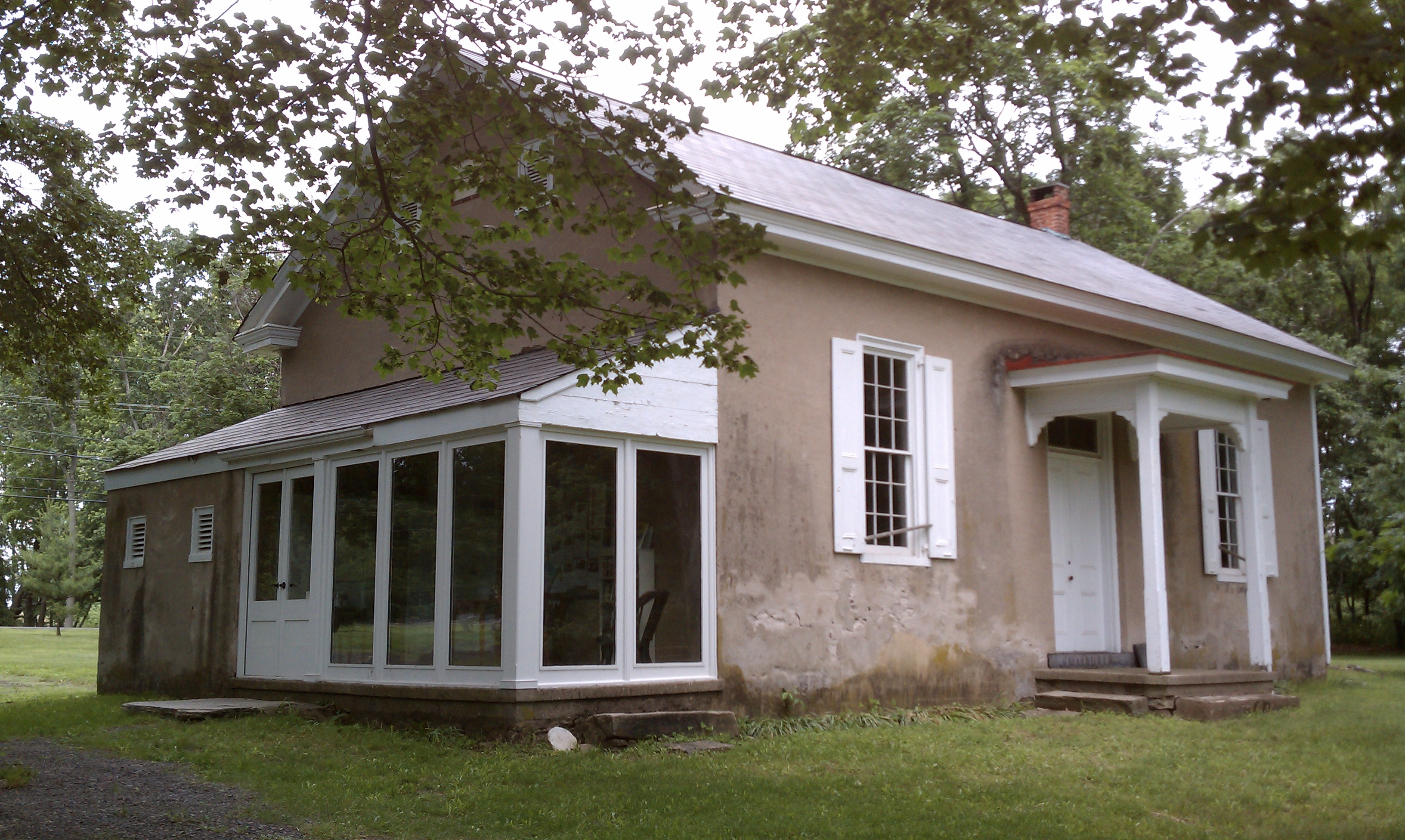



 He was an Irish immigrant living on his own with no wife and no family. The enumerator manifests his pity for Mr. Conaulty in the “occupation” column, recording that he is not just a farmer, but the smallest kind of farmer–alone.
He was an Irish immigrant living on his own with no wife and no family. The enumerator manifests his pity for Mr. Conaulty in the “occupation” column, recording that he is not just a farmer, but the smallest kind of farmer–alone.
